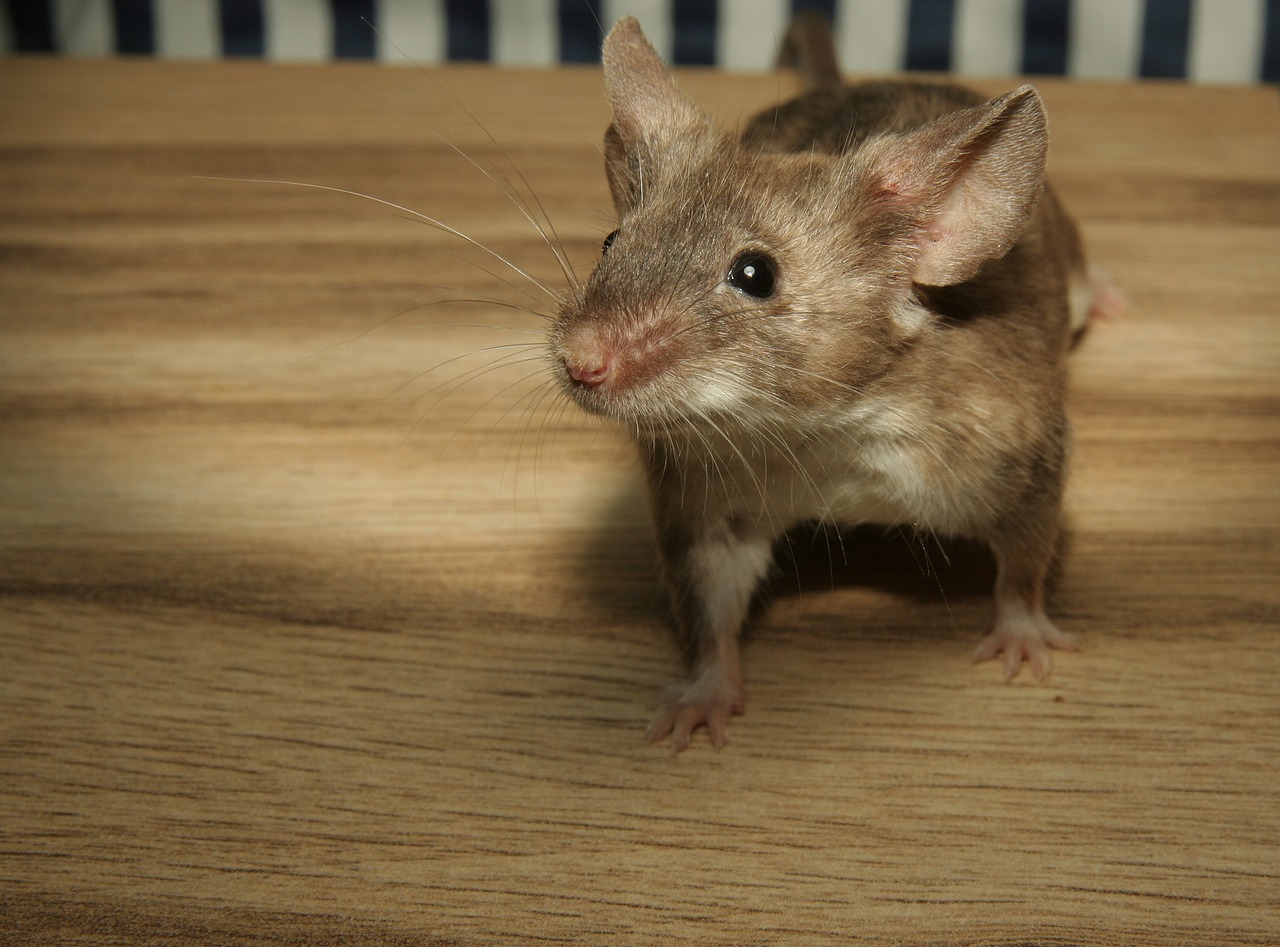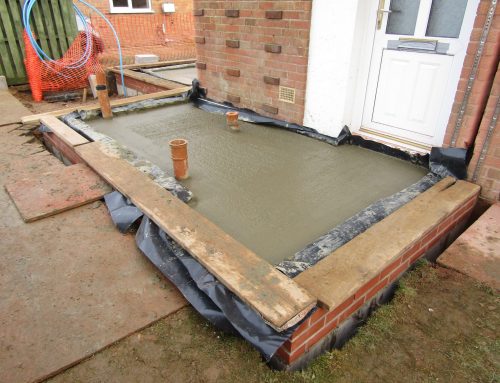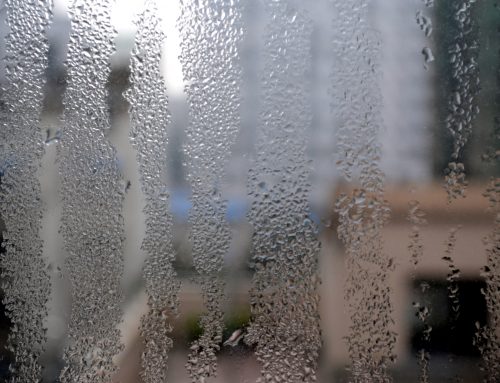How Spray Foam Keeps Pests Out of Your Home
When it comes to regulating the home indoor environment in which we live, it’s important that we are able to maintain a comfortable and uncontaminated environment in which we feel solitude and protection from the outside world. One of the last things homeowners like to have on their minds is pests. However, like it or not, they are around and if you don’t want them to shack up with you, you are going to need to pay special attention to your walls, ceiling, and crawl space to limit their ability to penetrate your home. Insulation plays an important role in that, protecting you from noise, cold, mold, and, yes, pests.
Insulation materials, however, are not all created equal. The gold standard, when it comes to insulating your home from pests is the R-value of spray foam insulation. Today, we are going to be comparing spray foam vs fiberglass insulation and rockwool.
Why Spray Foam is the Perfect Pest Repellent
It’s well-known that closed-cell foam insulation spray has unmatched insulating properties Firstly it boasts low thermal conductivity, which means it effectively prevents heat loss, keeping your home warm in winter and cool in summer, with an R-value of 6 or 7 (lowering your power bill as well). In addition to that, it is virtually waterproof, does not expand or contract, and stays sturdy under the pressures of your building. This leaves rodents and insects nowhere to nest.
Spray foam’s superior protection is due to the science of the technology. Composed of polyol and isocyanate, polymerization occurs as the two materials are simultaneously combined as the spray is emitted, resulting in a hardened foam with a robust porous structure. Its closed pores contain a gas, constituting a barrier against the infiltration of toxic substances and pests from the outside.
Problems with Other Types of Insulation
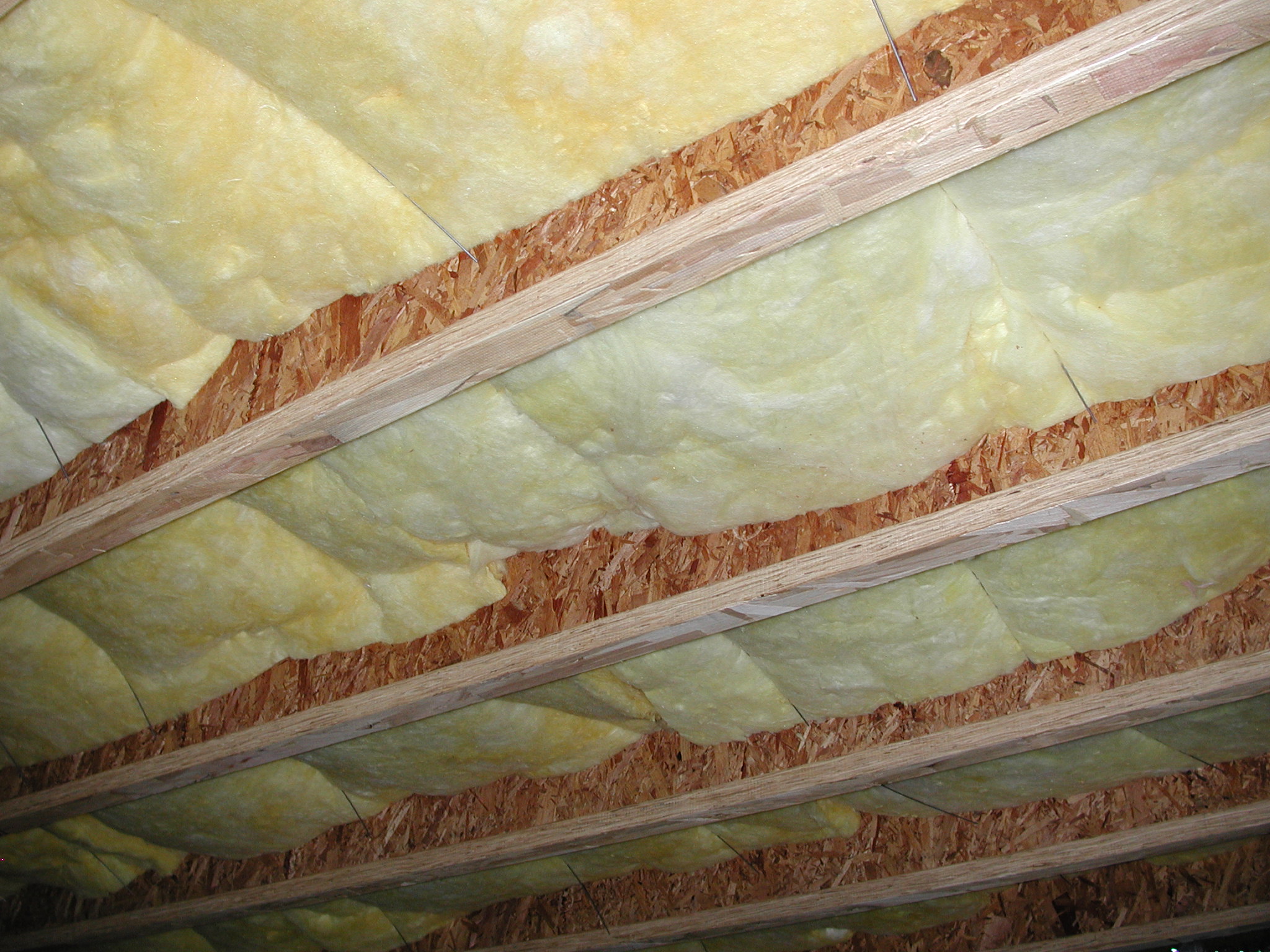
The lack of adhesive, expansive materials in alternative insulation produces ushers in a snowball of undesirable insulation features that allow pests to progressively grow more comfortable inside insulation.
Nesting
More traditional materials used for insulation, mostly in older homes feature a range of weaknesses that are not conducive to keeping out pests. Fiberglass insulation can attract rodents such as mice and rats, which can burrow and create a home of their, in doing so significantly reducing the performance of the insulation. Cellulose can attract them as well, as can rockwool, though to a lesser degree. Fiberglass is a common place to find feces left by rodents and mildew, especially since it as well as cellulose easily contract in the presence of moisture as well as for other reasons. In general, these materials are not air-tight to begin with, let alone tight cracks in the walls, and thus leave plenty of empty space. The pests then move around the insulation to create even more open space.
Gnawing
Although fiberglass itself is not a food source for pests, rodents can chew through it, creating pathways or access to other parts of the home, resulting in physical damage to the insulation and possible exposure of wiring and structural components.
Fire Risk in the Presence of Pests
Although the pulp is treated with fire retardants, the presence of pests can compromise these treatments as they rummage through insulation, potentially increasing the risk of fire.
Common Types of Pests and Creepy Crawlers
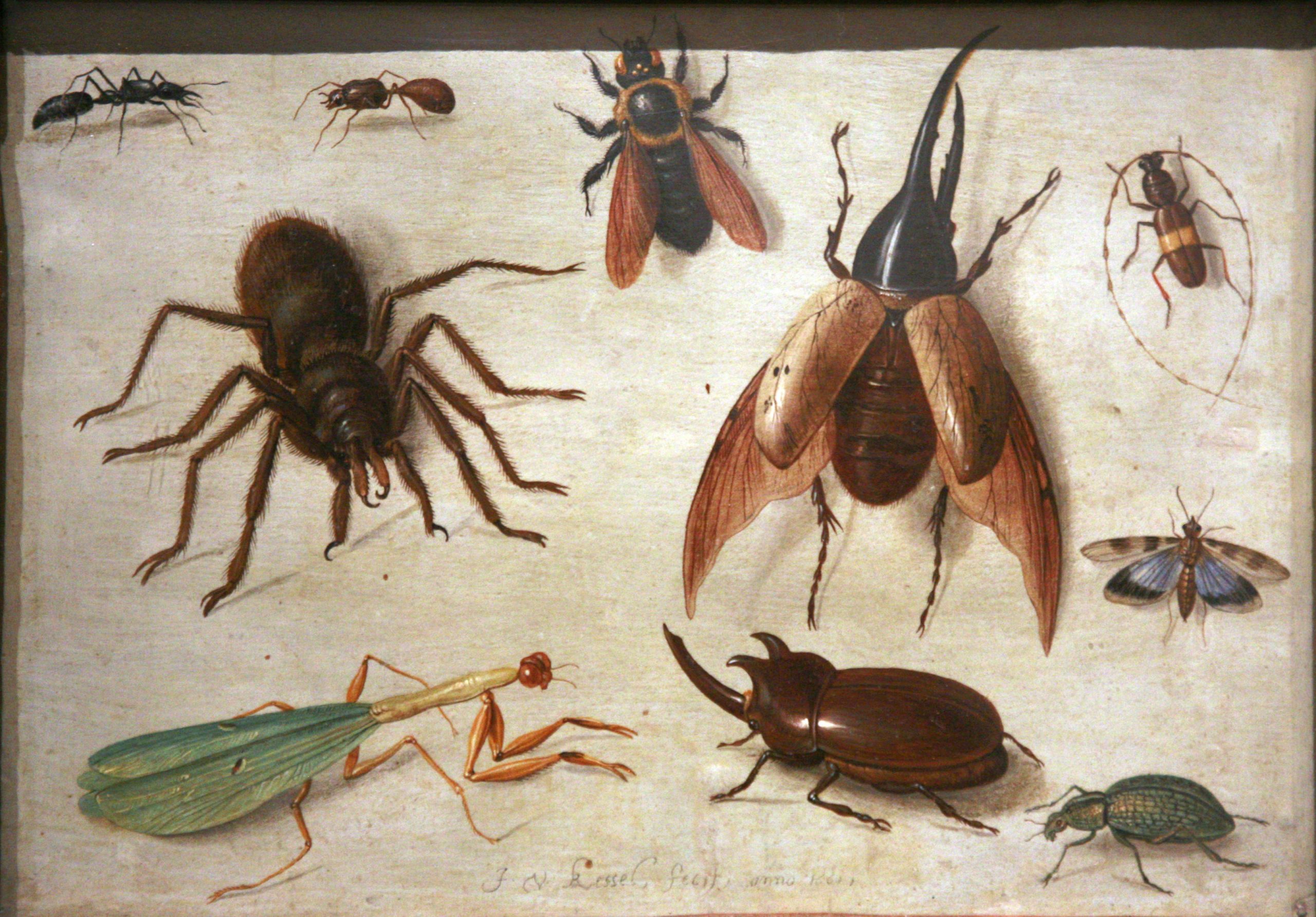
It pays to know the enemy to ensure that you effectively prepare for them and prevent them from both bothering you and damaging your home. Here are some typical pests you may deal with in your house:
- Rodents: Rats and mice often chew on insulating materials, beams, and electrical wires, which can bring about hazards due to exposed wires. Their nesting materials can block ventilation, trapping moisture in the home.
- Squirrels: can chew through woodwork and insulation in your attic, creating nests and entry holes.
- Termites and carpenter ants: create extensive tunnels in wood structures, compromising the structural integrity of walls and insulation. Long-term infestations can cause significant structural damage, including weakening of beams and failure of insulation supports. Their activities often allow moisture to penetrate walls and insulation too, causing mold growth and even further structural damage.
- Cockroaches: can leave excrement and other waste that degrades insulation materials. Silverfish and termites can infest and feed on insulating materials, especially those containing starch or cellulose. Beetles, such as wood borers, can infest and destroy wood-based insulation materials.
- Birds: may nest in wall cavities and attics, bringing in materials that can damage insulation and create fire hazards.
- Bats: roost in walls and attics, leaving drops and causing structural damage.
- Raccoons and Possums: can tear through walls and insulation to enter attic spaces.
- Woodpeckers: chisel into walls.
- Bedbugs: these small insects can enter a room through open windows, doors, or cracks in the walls. They suck blood, leaving itchy bites.
- Fleas: come into the home on the fur of your pets. They may bite people or animals, causing itching and irritation.
- Spiders: some types come in search of shelter or food. While most are harmless, some can be poisonous.
- Moths: enter through open windows or doors, as well as through mailboxes or clothing. They can damage fabrics and clothing.
- Flies: are ubiquitous and annoying. They enter the house through open windows or doors. They can spread bacteria and viruses or simply just annoy you and your family instead.
- Dust mites: microscopic arachnids found in warm, humid environments, triggering allergic reactions when their feces become airborne.
- Mosquitoes: can harm air quality by spreading diseases like malaria, dengue, and Zika virus through their bites. They also cause allergic reactions as well as annoy you by sucking your blood and irritating your skin.
While it is good to be aware of the potential health risks, home damage, and annoyances that potential pests can cause, that does not necessarily mean that different types of insulation cannot still for the most part accomplish their job. It also doesn’t mean that you will constantly have to worry about uninvited insects and animals. That said, if you want to feel completely comfortable in your home, not have mold, not have high utility bills, not have rot in your home, and be confident that pests will not be a common occurrence, spray foam insulators are certainly the undeniable choice.
Plus, it lasts longer than other types of insulation, saving you money on repairs and replacements. Fiberglass and rockwool last only 20-30 years. Soon, once external influence have expended their insulation ability, you’ll find yourself needing to buy them all over again. By contrast, spray foam insulation will last you from 50 to upwards of 100 years (if you live that long).
You can install spray foam yourself if you wish with commercial spray foam insulation kits. For the purposes of keeping out pests, you’d be well-advised to have a professional spray foam company, such as Ecothermix, come out and install the spray foam for you. That way, you will get the best job filling in all those empty crevices and spaces. Our specialist will survey your home for you, talk to you about your needs and concerns, and use his spray foam insulation cost calculator to determine what the cost would be for you.
Get in touch with us and set a spray foam appointment with us today.
.[/fusion_text]

